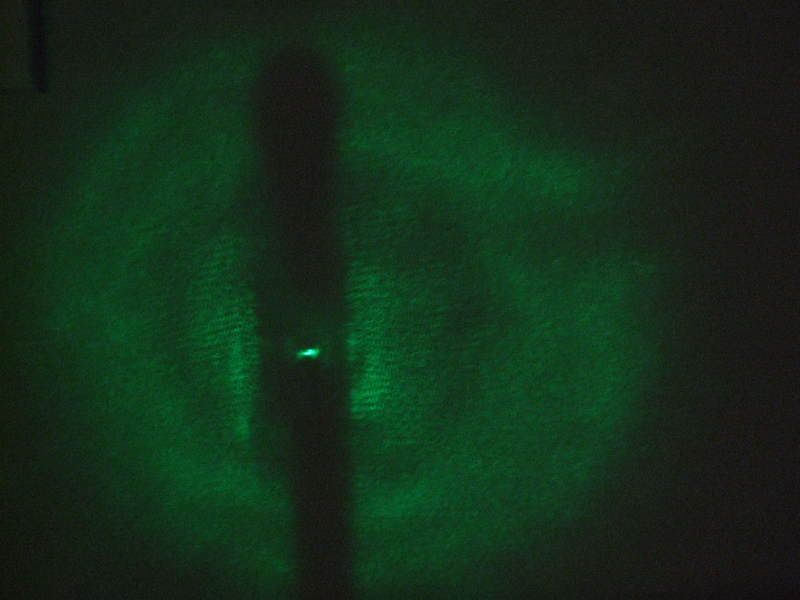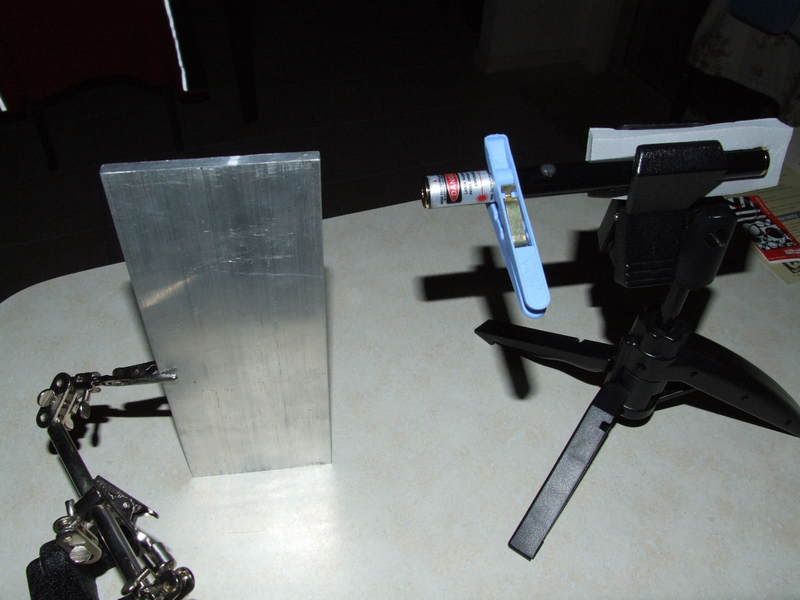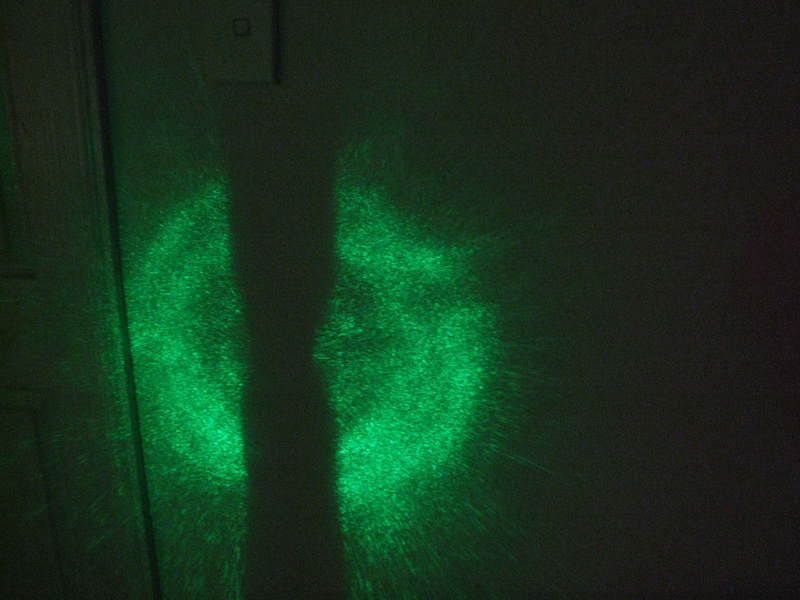While mucking around burning a match I noticed what I thought was pretty weird. When I aimed the beam at the wooden match shaft(which was completely terminated on it) and looked at it's shadow on the wall there was a green dot smack bang in the middle of the shadow !!! How is this possible ?? Is the laser light SO intense that it passed right throught the match ?? I have a couple of theories but I didn't, possibly, want to give it away if I am right. Though I'm probably not.
What do ya's think ??
EDIT: I was using a 90 odd mW CNI style laser.
What do ya's think ??
EDIT: I was using a 90 odd mW CNI style laser.












